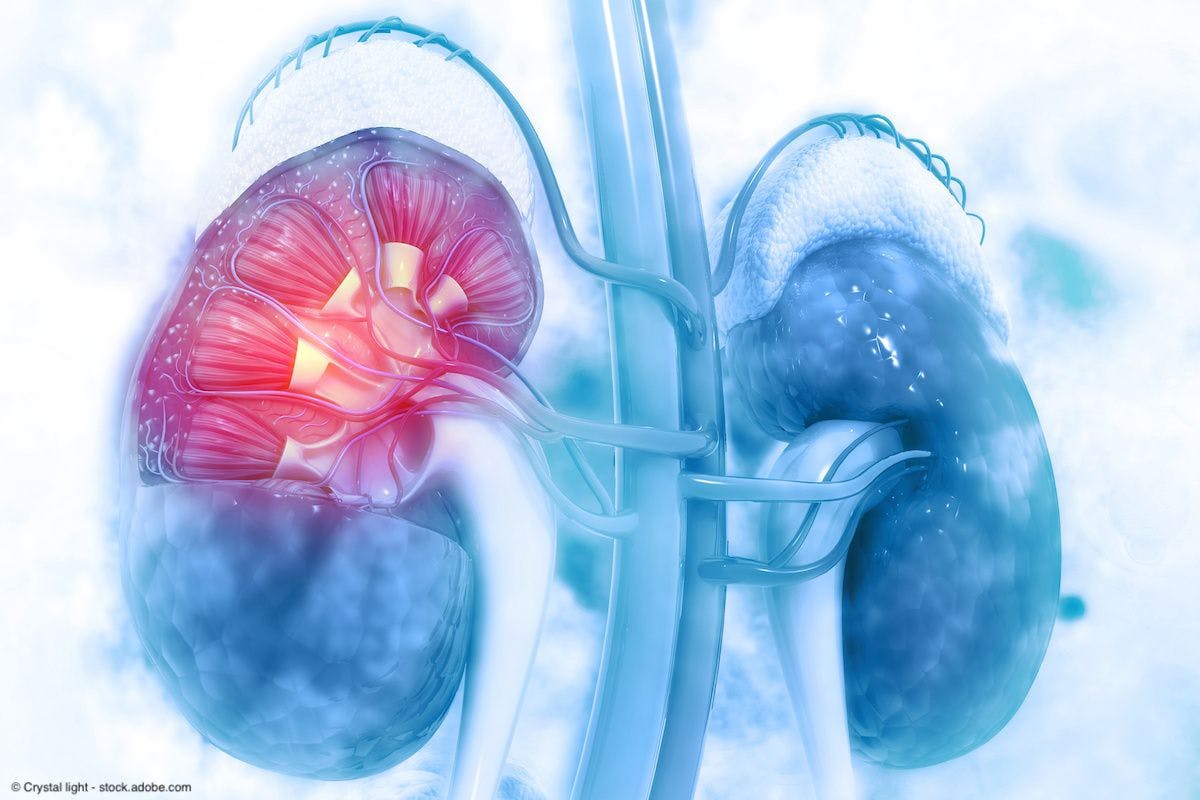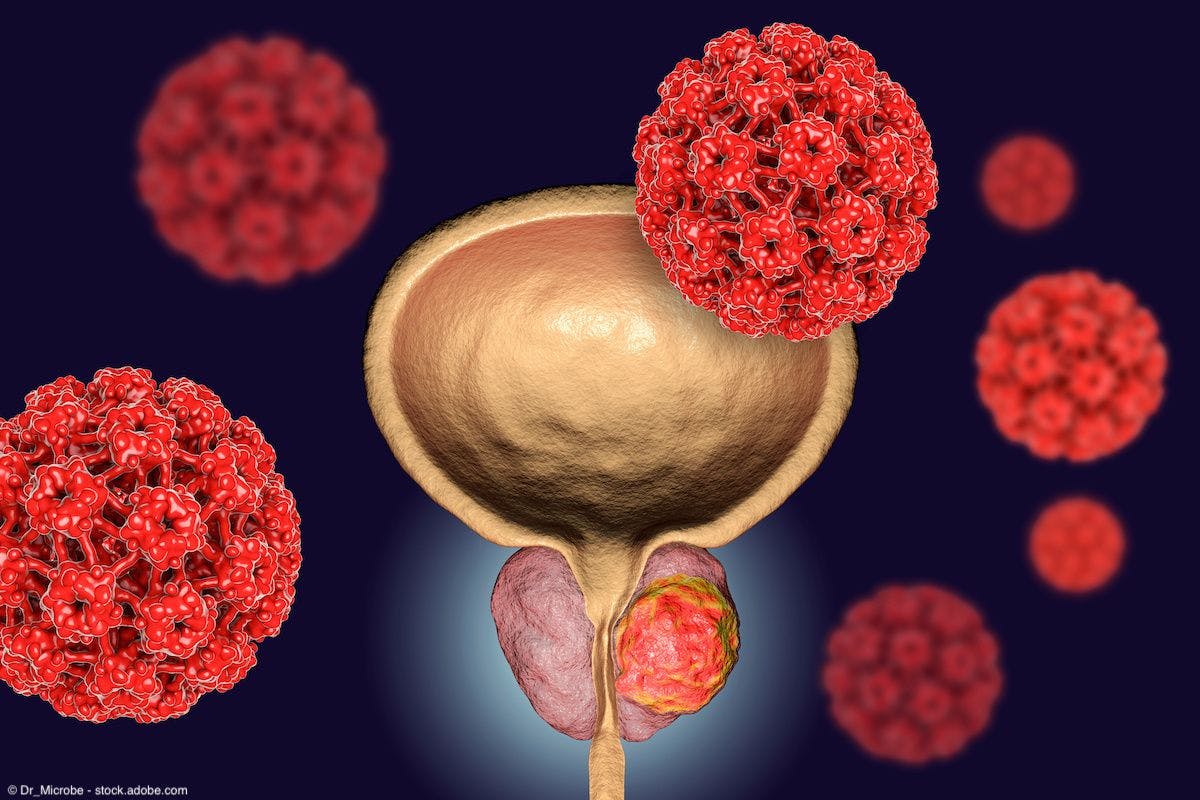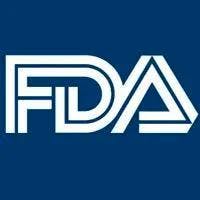Commentary
Article
Urology Times Journal
What to know when considering an ancillary service in a urology practice
Author(s):
"At MIU, we host many ancillary services, including complete ultrasound services, UroCuff, urodynamics, PTNS [percutaneous tibial nerve stimulation], full laboratory and pathology services, Xofigo [radium-223]," says Jason M. Hafron, MD.
Jason M. Hafron, MD

In this interview, Jason M. Hafron, MD, gives an overview of ancillary services offered at his practice and outlines the process for evaluating and implementing new service lines. Hafron is the chief medical officer and medical director of clinical research at the Michigan Institute of Urology (MIU), PC, and a professor of urology at the William Beaumont School of Medicine, Oakland University.
What are some examples of ancillary services provided at MIU? Which of these have you been involved with implementing?
At MIU, we host many ancillary services, including complete ultrasound services, UroCuff, urodynamics, PTNS [percutaneous tibial nerve stimulation], full laboratory and pathology services, Xofigo [radium-223]. We will soon offer radioligand therapy to our patients. I've been involved with all of these, but one of the projects I've been working on most recently is UroCuff. The UroCuff test is a noninvasive pressure flow study that can differentiate between bladder outlet obstruction and poor bladder contractility. It's the closest you can get to noninvasive urodynamic testing. We find it very helpful in managing our patients with BPH [benign prostatic hyperplasia]; it gives us critical information to improve the quality of care. In many of the minimally invasive surgical therapies for BPH, we're also seeing that payers require pressure flow studies for coverage. So we've been working hard within our practice making sure that these tests are being performed in line with our clinical pathway.
What is the process your practice goes through when evaluating and implementing a potential new ancillary service?
We always ask ourselves 3 questions when we look at any decision regarding a potential new ancillary service: Will it improve the quality of the care of our patients? Does it align with our business model? Does it improve our physicians’ quality of life? We try to fulfill all 3 of those factors.Next, we create a very detailed pro forma. We spend a lot of time looking at the pro forma, questioning it, editing it, and refining it so we know before we start whether this program will succeed. When possible, we always try to work with our payors, frequently notifying them what we're doing and understanding their coverage policy; that gives us comfort in knowing what to expect when making significant capital investments.
What advice do you have for other practices when they're looking to add ancillary services?
If you can improve patient experience and patient care , there's an advantage to offering that test within your office. Patients appreciate in-office ancillary services because they don’t have to travel to a hospital or often large or different facility. If you can improve the patient experience so they don't have to go elsewhere, patients are more likely to stay within your practice and stay with you because it's much more convenient. Integration of service lines into your practice also improves the quality of care.You have easy access to the results, your radiologists and your pathologists, so you can pick up the phone easily or even walk down the hall if there is a question or you need to discuss a case. Having all the services under one roof allows you to improve the quality of care you can provide your patients.
What are some potential pitfalls to be aware of regarding bringing on an ancillary service?
There's always going to be financial risk. You're investing in equipment, training staff, and often bringing on new staff, so there's always a risk. Predicting payor coverage is the most significant risk we've seen over the last few years. A great example is that in our Medicare region, our local MAC stopped covering PCR [polymerase chain reaction]-based urine testing for UTIs [urinary tract infections] We had put a significant amount of investment into this service line. It brings significant benefits to our patients. But overnight, our MAC cut reimbursement. As much as we can, we try to work with our payors to let them understand what we're doing, why we're doing it, and how it helps our patients, but at the end of the day, you're really at the mercy of the payers'. Another pitfall, especially in today's day and age, is staffing. These technologies require qualified, often additional staff. It's been challenging recently to find and keep highly qualified staff.
Is there anything you would like to add?
A lot of what we work on within MIU is the appropriate use of ancillary services within clinical pathways based on published guidelines. To that end, we are developing technology to track appropriate utilization and outcomes in real-time. We can then use this information to identify gaps in treatment and better educate our physicians if needed. We are focused on reducing heterogeneity in the evaluation and treatment of our patients and ultimately delivering high-quality care in a value-based model.

Newsletter
Stay current with the latest urology news and practice-changing insights — sign up now for the essential updates every urologist needs.






























